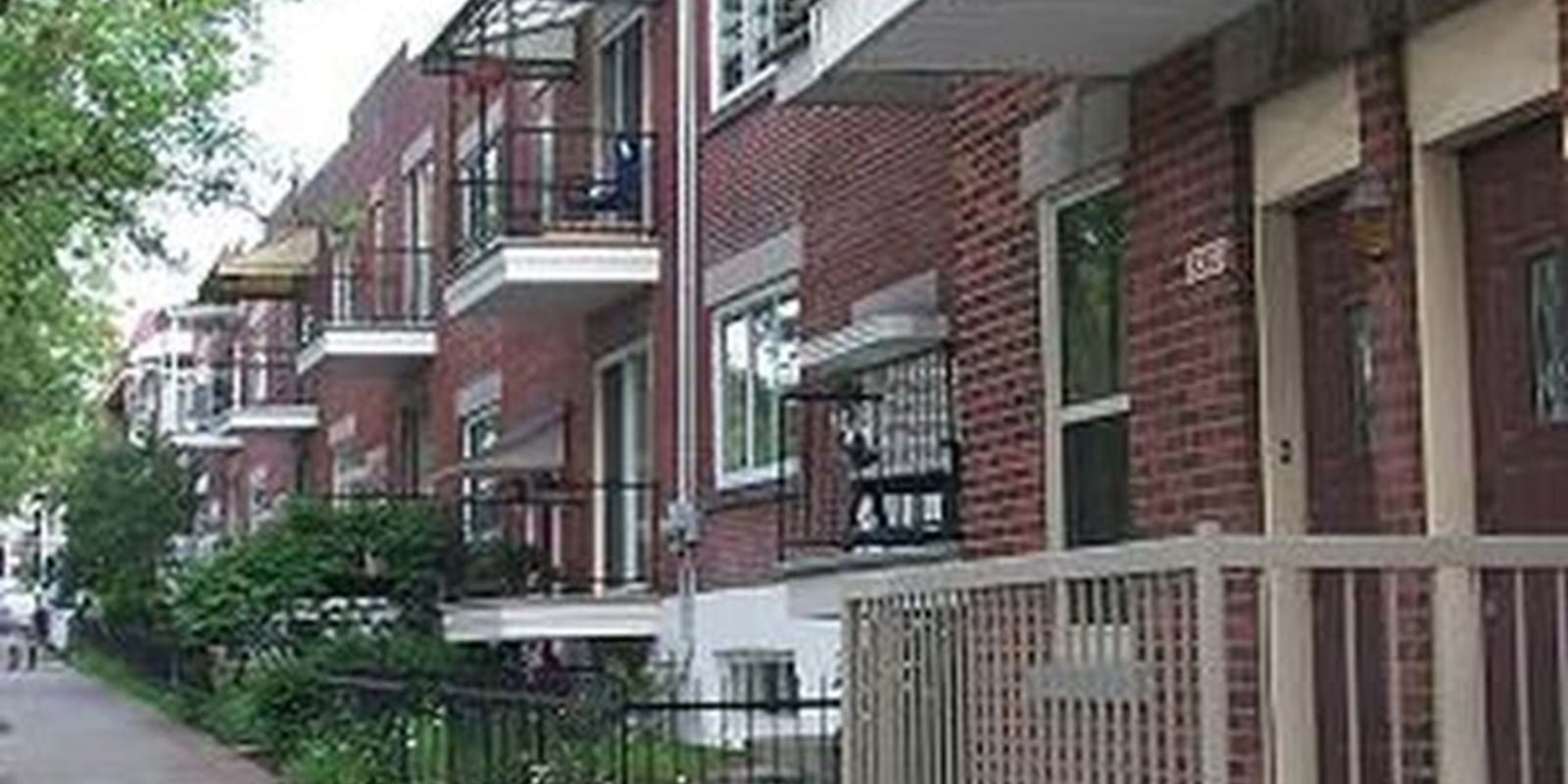After pointing out late last month that the Federal Government is sending mixed messages regarding its commitment to the environment, the Royal Architectural Institute of Canada is pleased to congratulate the Canada Mortgage and Housing Corporation for taking leadership on climate change.
Today the CMHC rebranded its Net Zero Energy Healthy Housing (NZEHH) initiative as EQuilibrium housing reflecting their objective of balancing housing needs with the need to preserve, protect and enhance our natural environment.
Under an agreement signed last December, RAIC administered the second stage of a Net Zero Energy Healthy House design competition resulting in today's announcement. Robert Webster, FRAIC, took the lead in the process providing the necessary expertise on behalf of RAIC.
The CMHC focus is very timely and follows the focus of the RAIC's activities to ensure a greener future with the built-environment.
"Almost half of greenhouse gas emissions in Canada come from the operation of buildings, so it stands to reason that if we deal efficiently with today's built-environment, it will have a positive impact on our future. EQuilibrium is a promising example of how government and industry can work to support a healthier and more sustainable future for all Canadians," said RAIC President Vivian Manasc, FRAIC. "Architects across Canada have between $40 to $45 billion worth of projects 'on the Boards'. These buildings will last for 50 to 100 years. Given these facts, and as responsible Canadians, Architects have been actively working to ensure further projects reduce our carbon footprint. EQuilibrium fits nicely with the profession's direction."
The RAIC is committed to reducing greenhouse gases and in November 2006 became part of the 2030 Challenge, a global initiative officially which calls for all new buildings and major renovations to reduce their fossil-fuel greenhouse gas-emitting energy consumption by 50 per cent immediately, increasing this reduction to 60 per cent in 2010, 70 per cent in 2015, 80 per cent in 2020, 90 per cent in 2025, and finally, that all new buildings be carbon neutral by 2030.
"That would mean that by 2030 the construction and operation of buildings will generate as much energy as they produce," says Manasc. "Further more we have committed that by 2012, Architects will design 100,000 new and renovated buildings across the country, using 50 per cent less energy than today, while creating healthy and delightful places for people."
The Royal Architectural Institute of Canada is a voluntary national association established in 1907 as the voice for architecture and its practice in Canada. Representing more than 3,500 architects, the RAIC provides the national framework for the development and recognition of architectural excellence.

